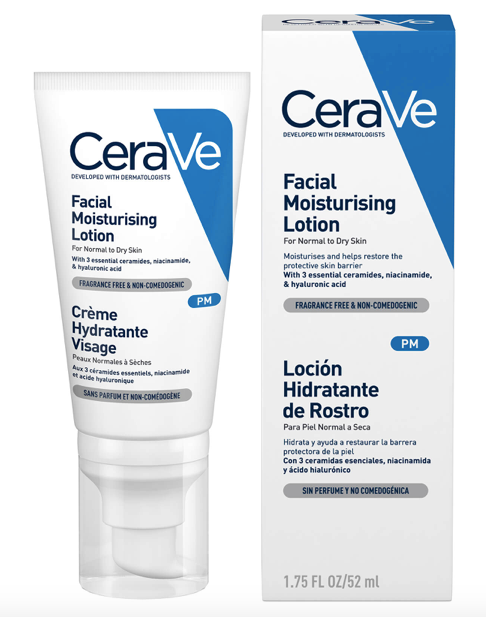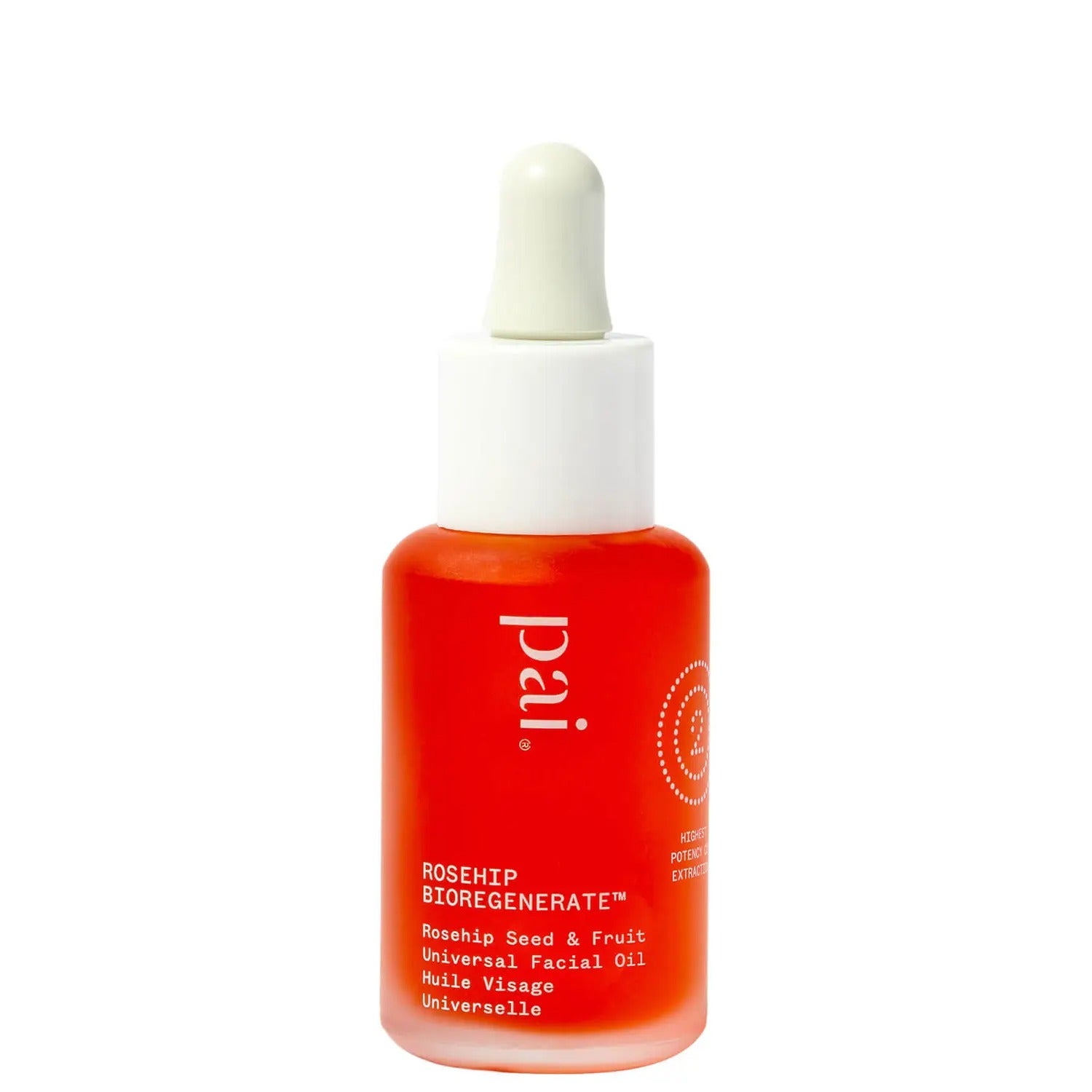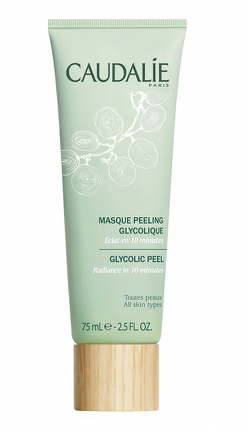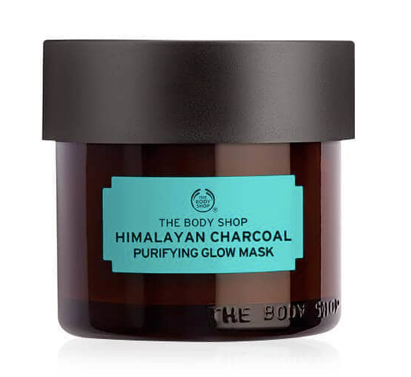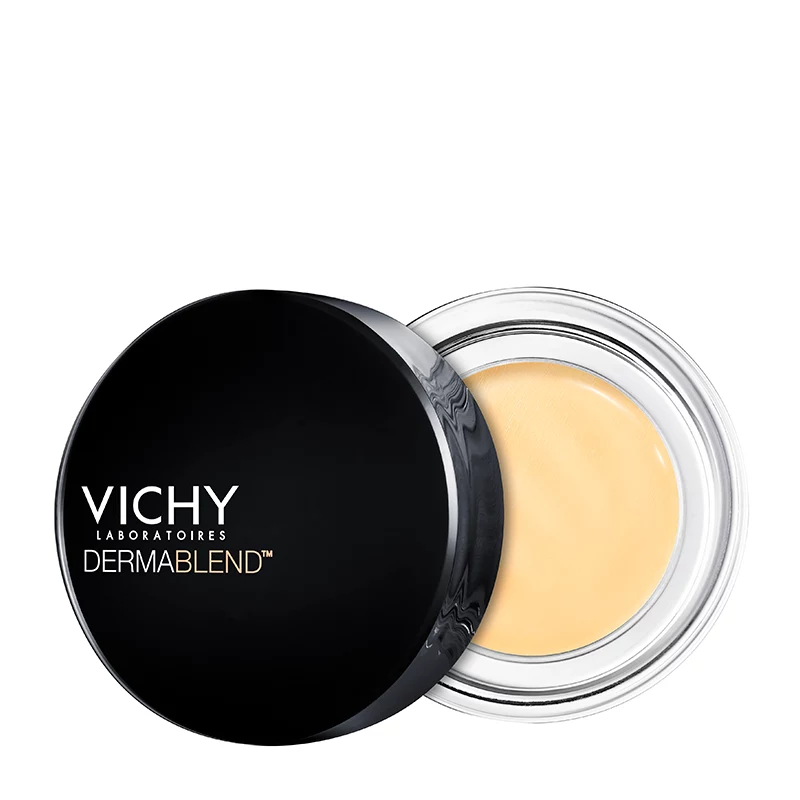The DIY Skincare Routine Helping Me Fade My Acne Scars
Photo Courtesy of Jenny Brownlees.
After With No Makeup.
After experiencing severe acne in my 20s, I was prescribed a course of acne medication, Roaccutane. The reported side effects, such as depression and extremely dry skin, meant it wasn't a decision I took lightly, but it did significantly clear up my skin.
While I didn't experience many symptoms, I didn't expect to be left with so many red pigmentation marks and pitted scars once the acne was gone – or just how much they would knock my confidence, like the acne itself.
Six months post-acne, I tried various gadgets and skincare ingredients, such as an LED light therapy mask and numerous acid exfoliators. While I’m certain these products and tools helped, they didn't lead to an overnight transformation. Acne scars, especially pitted versions, are difficult to treat.
AdvertisementADVERTISEMENT
According to experts there are numerous types. 'Ice pick scars' are deep, narrow pitted scars that tend to occur on the forehead or mid to upper cheeks. 'Rolling scars' are broader and typically have slanted edges that make skin appear dappled, and 'boxcar scars' are wider with defined edges giving skin a hole-like appearance. That's before we get on to the skin staining, discolouration or post-inflammatory pigmentation – something I also experienced.
Patience is one factor when it comes to fading scarring (pitted acne scarring especially) but London-based consultant dermatologist, Dr Justine Kluk hits home the importance of making sure that your acne is completely switched off before even considering treatment. "This is because you could aggravate the spots and make scarring worse," she advised. And there are some things she would suggest avoiding entirely for a while. "I would strongly advise against needling, dermabrasion and laser treatments for six to 12 months after bringing acne under control."
At my final hospital appointment, I asked the doctor in the dermatology department how long I should wait before treating the scarring I was left with post-acne. Under his supervision, I did wait the recommended six months. He advised laser skin rejuvenation treatment at a private skin clinic, however because of the cost and my love for skincare, I preferred to try and improve my skin as much as I could myself first. In fact, I noticed improvements after around a month, so I decided to continue with my DIY approach.
AdvertisementADVERTISEMENT
Of course, everyone is different, so your skin might not react as well to this routine as mine has, but here are the steps I've taken in the past year to help fade my acne scars, both pitted and pigmented.
Using factor 50 SPF on my face
I took small steps initially and tackled the skin staining, or red marks, first. My first port of call was regularly applying sunscreen. Skin specialists aren't lying when they say that a high factor SPF specifically intended for the face is key. Despite pricey recommendations, I found that The Body Shop’s Skin Defence SPF 50, £22, worked best for me. Light as a feather, it doesn’t block my pores or lead to more spots. Dr Justine Kluk adds: "If you keep out of the sun, you could expect to see red or brown marks fading to some degree over the first year post-treatment." However, she notes, you can optimise this further through skincare.
Regular exfoliation to improve scarring
Without a doubt, the biggest difference to both my shallow pitted scarring and pigmentation has been made by alternating between liquid acid exfoliators. AHAs such as glycolic acid, found in The Inkey List's Glycolic Acid Toner, £11.99, and lactic acid, in The Ordinary's Lactic Acid 10% + HA Serum, £7.75, address surface problems like pigmentation but don't penetrate the skin deeply.
AdvertisementADVERTISEMENT
Meanwhile, BHA products which contain salicylic acid, such as The Inkey List's Salicylic Acid Cleanser, £10.99, penetrate the pore at a lower level to prevent the paste-like mixture of dead skin and sebum, all while encouraging the skin to produce new cells. I alternate between the above acid formulas in the evening.
If using any of these acids, dermatologists note that combining glycolic or lactic acid with salicylic acid in the same routine could cause irritation if not done properly. Perhaps try using a gentle salicylic acid cleanser instead of a serum, and then a leave-on AHA on alternate evenings followed by a non-comedogenic (non pore-clogging) moisturiser. R29 rates CeraVe Facial Moisturising Lotion, £15.50.
My skin isn’t sensitive to acids but if you're a first-timer, carry out a patch test, build up your tolerance and always wear sunscreen during the day.
Using retinol to reduce enlarged pores
When I'm not using acids in the evening, I often use Pixi’s Collagen and Retinol Serum, £26. The targeted ingredients plump and firm, while the addition of niacinamide improves the appearance of enlarged pores and uneven skin tone, both of which I aim to tackle. Retinol can cause peeling, flaking and skin sensitivity, so always listen to your skin and back off if it is irritated. Always remember to use sunscreen during the day, too.
AdvertisementADVERTISEMENT
While retinol works well to minimise marks left behind by acne, dermatologists argue that much deeper scars are unlikely to respond. For this reason, I decided to enlist some gadgets to help my skin along, and the results are impressive to say the least.
Dermarolling and dermaplaning for acne scarring
Once every two weeks, I use Luxe’s DermaPlaner or a DIY dermaroller, like the Brushworks HD Micro Needle Derma Roller, £9.59. In my opinion, both have been instrumental in helping repair my pitted scarring, but it's important to know the risks associated with them.
Dermarolling consists of using a rolling tool with tiny needles over the skin to prick microscopic punctures into the epidermis. When not done under strict supervision in clinic, dermatologists often argue that there are risks of infection (particularly tools with larger needles, which penetrate deeper) and skin damage. That said, these tools are readily available for skincare consumers, so if you do decide to use one and you're unsure, it's worth contacting a dermatologist for advice.
As I’d previously tried a dermarolling treatment in a clinic, I felt more confident knowing what to expect when I did it myself – including a little bit of blood occasionally. The therapist I saw suggested lightly rolling the sterilised tool six times back and forth, firstly in one direction, then another on each area of my face. In this instance, I only concentrate on my problem area (my cheeks), very carefully avoiding my eyes and other sensitive areas. The needles cause superficial ‘trauma’ to the skin. Subsequently, collagen production is said to be stimulated which in turn potentially repairs and plumps skin. It’s certainly prickly but I don't find it overly painful, and it works for me.
AdvertisementADVERTISEMENT
I also try at-home dermaplaning. In my opinion, this is nowhere near as severe as the skin shredding videos you might see on YouTube. Instead, it's more like shaving, which results in deeper exfoliation. As I'm pretty brave when it comes to trying new skincare tools (though I do often test a small patch of skin first to see how they fare), I bought a blade from Amazon to which beauty expert Amy Lawrenson attributed her smooth skin. This exact product is no longer available, but many retailers, including LookFantastic, sell similar options.
Dermaplaning rids the top layer of skin of dead cells, oil, dirt and hairs but the blade must be sterile at all times. I wet my skin slightly and lightly run the blade upwards all over the face. It feels just like shaving my legs. Small hairs on the face are removed as well as a tiny amount of skin. I do this gently once every few weeks and it leaves my skin refreshed, not red or uncomfortable. I also make sure I avoid acids in skincare for a couple of days afterwards and always apply sunscreen in the morning.
Making sure both tools are sterile is paramount. I rinse them with warm water and use the Derma Roller Disinfectant Cleaner & Steriliser Spray, £5.99, available at Amazon. I leave both tools to dry for around 30 minutes then rinse again in warm water, pat them dry with a clean towel and store them separately in a plastic container, which has also been disinfected with the spray.
AdvertisementADVERTISEMENT
Thanks to their popularity, tools like this are available to buy both in beauty stores and online. It goes without saying that you must seek professional dermatologist advice (always check their credentials on the General Medical Council register) if you experience an adverse reaction or want to discuss other avenues regarding acne scarring and alternative treatments.
The extras
Cleansing is also super important and in both the morning and evening, I look to Sanctuary Spa’s Triple Cleansing Mousse, a bargain at £5.12. I haven't developed any more blemishes since and my skin feels clean, not stripped. As a daily moisturiser, I go for something much gentler than the acids and retinol that I use in the evening, and really rate Nivea’s Oil Free Face Cream, £4.99. It's my job to try numerous skincare products, sometimes costing upwards of £100, but this is my favourite as it doesn’t clog pores further or leave my skin tacky. To add hydration into my routine (if and when my skin needs it) I sometimes use Pai’s Rosehip BioRegenerate Oil, £29, alone or dropped into the aforementioned day cream.
I use either Caudalie’s Glycolic Peel, £22, or The Body Shop’s Himalayan Charcoal Purifying Glow Mask, £20, twice a week to draw out impurities and refine pores, but while struggling with scarring, it's mainly makeup which has helped. Dermatologist-approved, I like Vichy’s Dermablend Colour Corrector, £14.99, under makeup to offset redness followed by the Dermablend SOS Cover Stick, £22.21, to minimise the appearance of pitted scars.
AdvertisementADVERTISEMENT
shop 7 products
Photo Courtesy of Jenny Brownlees.
After With No Makeup.
Now that my acne scarring has improved, I feel much more confident and regularly go without foundation. That's a big step for me. I realise my skin may never be 'flawless' but I’m a long way forward from where I started. Again, while this routine works wonders for me, I get that it might not be the case for every individual. If visiting a dermatologist is not an option for you, it pays to book an appointment with your GP to discuss your options in regard to both skincare and treatments.
At Refinery29, we’re here to help you navigate this overwhelming world of stuff. All of our market picks are independently selected and curated by us. All product details reflect the price and availability at the time of publication. If you buy or click on something we link to on our site, we may earn a commission.
AdvertisementADVERTISEMENT











